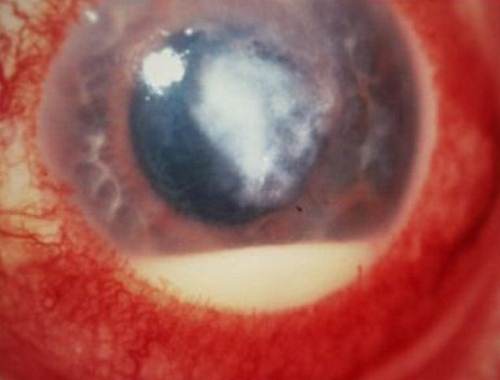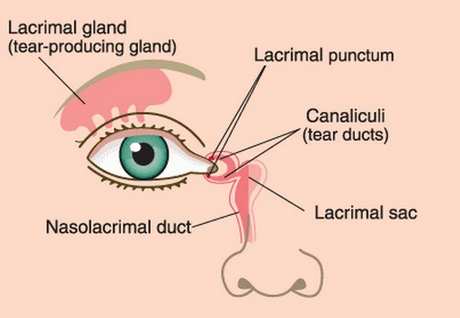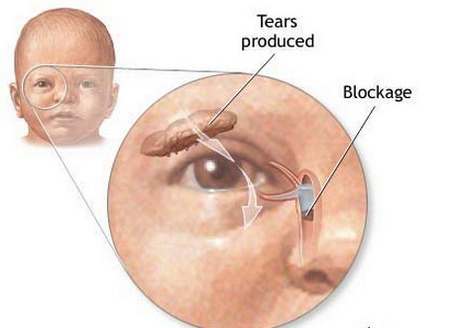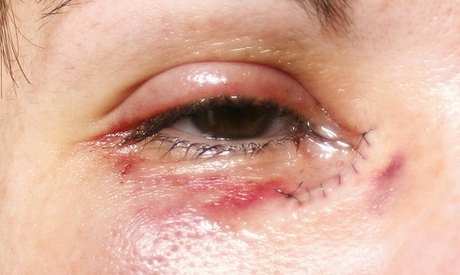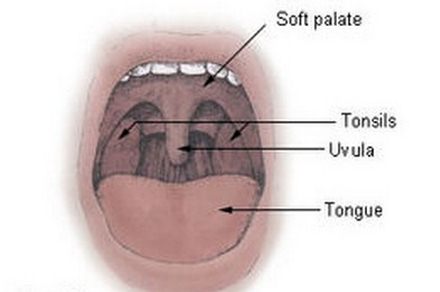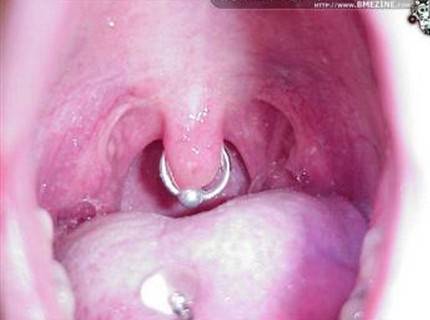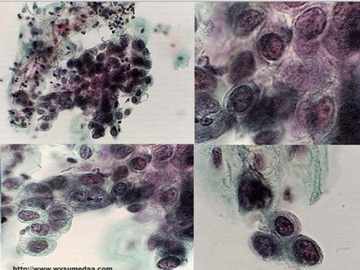Retroperitoneal Fibrosis – Causes, Symptoms, Treatment and Diagnosis
What is Retroperitoneal Fibrosis?
Retroperitoneal Fibrosis also called as Ormond’s disease named after John Kelso Ormond who rediscovered the condition in 1948. Retroperitoneal fibrosis commonly happens within the fibrous tissue; specifically in the retroperitoneum and in the internal organs of the body (eg. Kidneys, aorta, renal tract). Symptoms of such are deep vein thrombosis, renal failure, hypertension and the most common is the lower back pain. Damage done in the kidney may be there temporarily or permanently if not given attention to or not been aided quickly.
Also, the idiopathic retroperitoneal fibrosis exists and is a part of the disease inclusion with the “Chronic periaortitis” that may include the inflammation of the abdominal aortic aneurysms and perianeurysmal retroperitoneal fibrosis. By not studying it further it is similar, further more the periaortic fibrous tissue in the perianeurysmal fibrosis and may cover structures and cause complications; in cases with inflammatory aneurysms this does not occur.
Retroperitoneal Fibrosis Symptoms
Early symptoms
- A pain in the abdominal area that may increase its tension in time
- Change of color in the legs due to decreased flow of blood
- Pain in legs due to decreased flow of blood
- Swelling of the leg
Later symptoms
- Urine output has decreased
- No sign of urination (anuria)
- Vomiting, Nausea and affected thinking that is also caused by kidney failure; also with toxic chemicals in the blood
- Uncontrollable pain in the abdominal area with hemorrhage due to death of tissue in the intestines
Thus, these symptoms and signs that is associated with retroperitoneal fibrosis are not specific. Diagnosis of such disease may require a visit to your physician.
Causes
The Retroperitoneal fibrosis is not a common disorder among people by which the ureters or tubes that function as the passage of your urine from the kidneys to the bladder is massively blocked behind the area of the stomach and intestines. The ratio of three is to one of the cases are prone to malignancy of the mass. Physicians don’t have the idea why this masses come up to this form. This disease is commonly found in men than in women and most likely found between the ranges of ages 40-60.
Diagnosis
Getting basis on the result of the laboratory studies it is expected that the retroperitoneal fibrosis cannot rely to its diagnosis as accurate results, as it is not familiar with the disease and cannot be applied accurately by an individual. In our technology today, CT scan is the best modality that can detect the said disease. On the other hand, biopsy is an option though it is not recommended for the fact that it is proper when malignancy or infection occurs. The biopsy test should also be applied to the patient who does not respond to initial treatment given or if the location of the fibrosis is not in a common position.

Abdominal CT scan showing Thickening in retroperitoneum.
There are some other tests also available that may be able to detect this condition:
- Intravenous pvelogram (IVP)
- Kidney Ultrasound
- MRI of the abdomen
- BUN and creatinine blood tests
Treatment
Upon treatment of the retroperitoneal fibrosis doctors include:
Corticosteroids
Powerful anti-inflammatory medicines that help regulate inflammation. Corticosteroids are also used supportively to prevent nausea. Also preventing nausea as one of the symptoms of retroperitoneal fibrosis.
Tamoxifen
Tamoxifen is a drug given to block the effects of the hormone estrogen. There are common reports that say tamoxifen is very useful on treating retroperitoneal fibrosis. Also, this is to improve the condition in various small trials.
Biopsy
A biopsy should be done to confirm the diagnosis of the retroperitoneal fibrosis. This can be the key to diagnose the alterations of renal function.
Surgery Stents (Draining Tube)
This is the procedure of draining pus, blood or other body fluids from a wound. These are performed by surgeons or interventional radiologists. The drain inserted in the wound not aim for faster healing of the wound but to drain body fluid which might be the focus of infection and by which it can be prevented.
Immunosuppresive Therapy
There are alternatives you might be able to try to treat retroperitoneal fibrosis. The main goal of the therapy that is achievable are to create a relief the obstruction that is caused by fibrosis, stop the progress of the fobrotic process and prevent the occurrence of the disease. If it is cause by another factor, treatmant might be aimed by the feature and factors of etiology. Initiating immunosuppresive therapy is common if the disease is idiopathic.
In most cases that involve the aorta can step up the surgical process to removal of the mass and can be extremely dangerous that is near impossible to succeed with this kind of operation. Idiopathic malignancy should be excluded in precipitating causes along with most cases. While surgical ureterolysis has been the preferred primary option of treatment, because it can allow the biopsy specimens to be kept while urethral blockage has been stopped or relieved.
Managing the retroperitoneal fibrosis includes:
- Suppressing inflammatory processes
- Reducing the morbidity
- Preserving renal function
Thus, avoid lone-term use of such medications that have methysergide, which can cause retroperitoneal fibrosis. The methysergide is sometimes used to treat headaches such as migraine.
Complications
Possible complications of retroperitoneal fibrosis may lead to cases like:
Chronic Bilateral Obstructive Uropathy
It is the long-term blockage with the flow of your urine from both of your kidneys. It is a slow blockage that may get worse over time. This may be caused by bladder outlet obstruction. In this case, the kidneys normally produces urine but the urine passage is blocked. This is why the urine cannot leave the bladder, as these happens the urine backs up and causes the kidney to swell. It is most commonly found in men that may result to the enlargement of the prostate, also known as benign prostatic hyperlasia (BPH).
Other factors that cause these complications:
- Urethral stones that are bilateral
- Tumors on the bladder
- Tumors on the prostate
- Other structures around the uterus, bladder neck or urethra, which may be tumors or masses
- Tumor or retroperitoneal fibrosis
- A scar tissue or birth defect that may cause the urethra to narrow
- Neurogenic bladder
Chronic Kidney Failure
It is slowly loosing the kidneys’ function over time. It is the loss of function of the renal over time. Reduced appetite and feeling unwell are the symptoms when the kidney function is getting worse. Most often, the chronic kidney disease is diagnosed when people know to be at a high risk of such is screened, one of these may be with high blood pressure or diabetes and if they have a relative nearly to have this chronic kidney disease.
Chronic Unilateral Obstructive Uropathy
Similar to chronic bilateral obstructive uropathy, it is the long term blockage with the flow of your urine. In this case from one of your kidneys and may also get worse over time.
If not treated or not called by your physicians attention, these might be the result of the retroperitoneal fibrosis over time. You should regularly visit your physician in order to treat the disease well or else you might be able to equate it into another level of the disease stated above.


